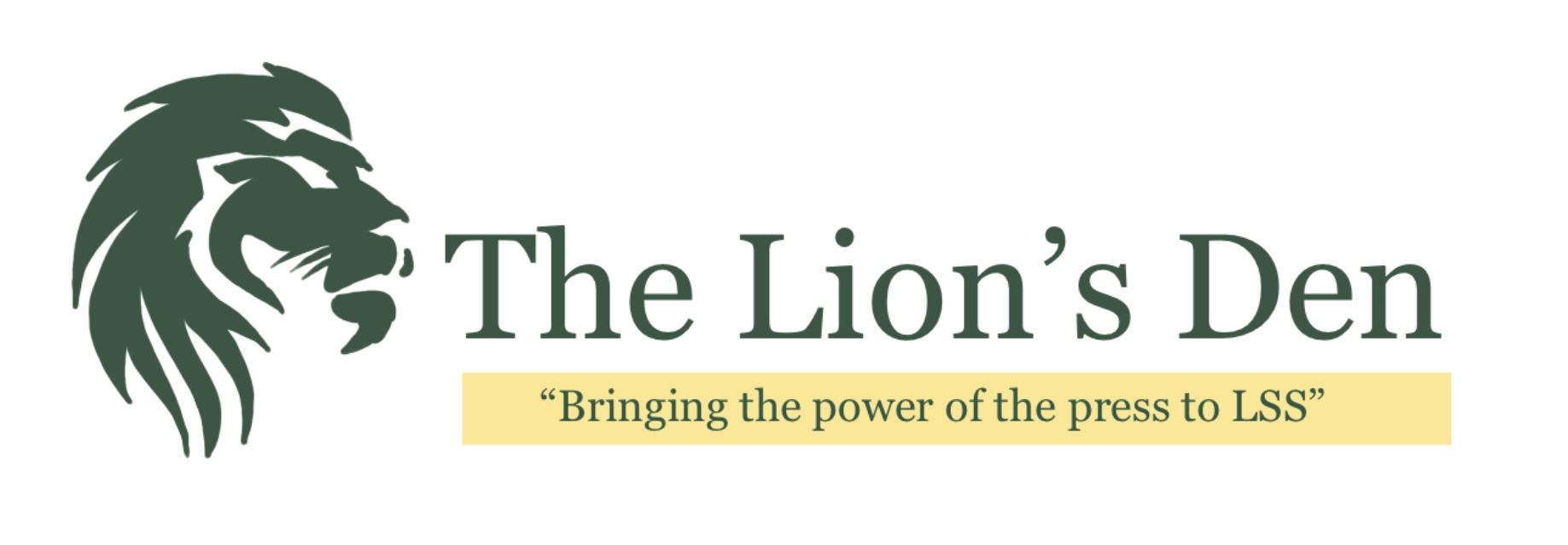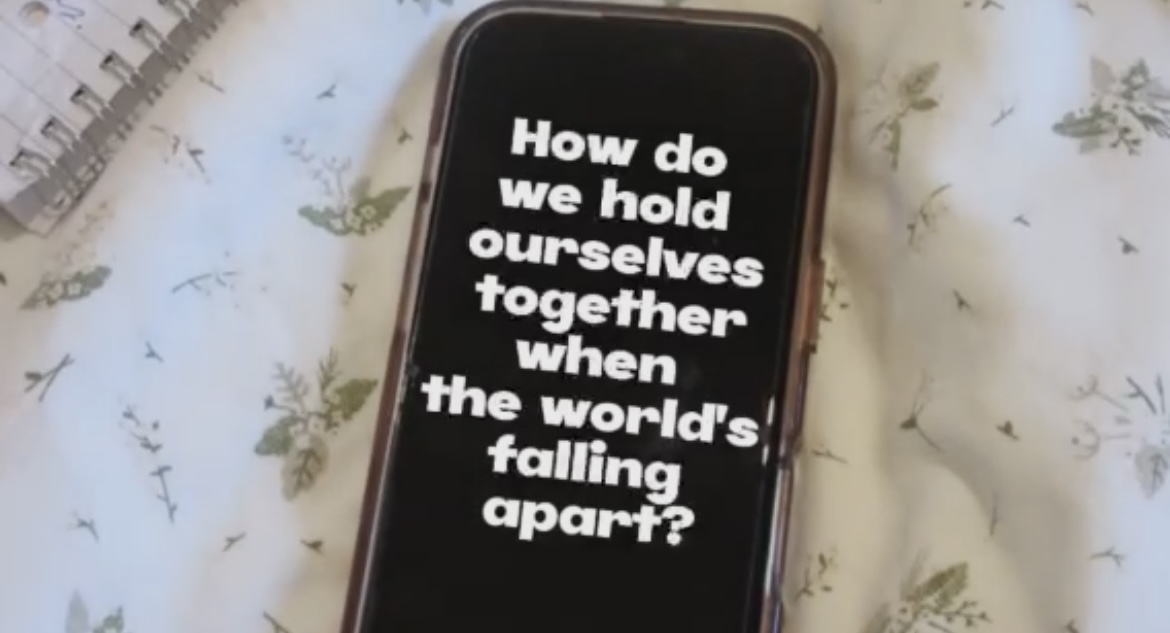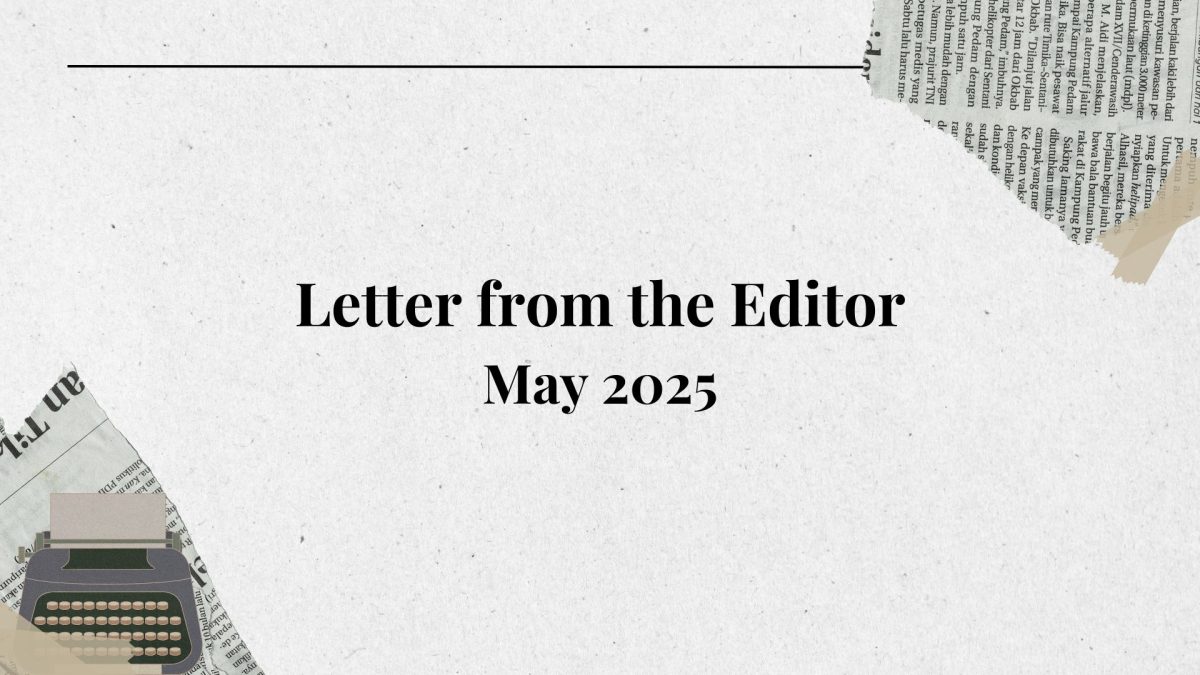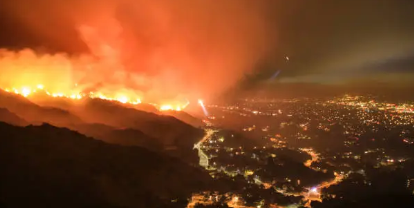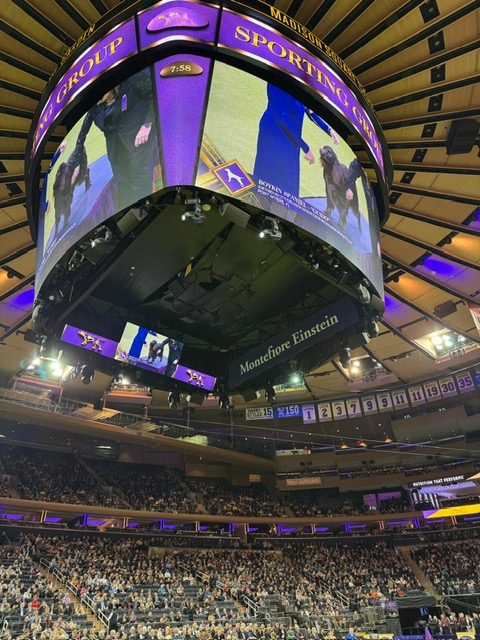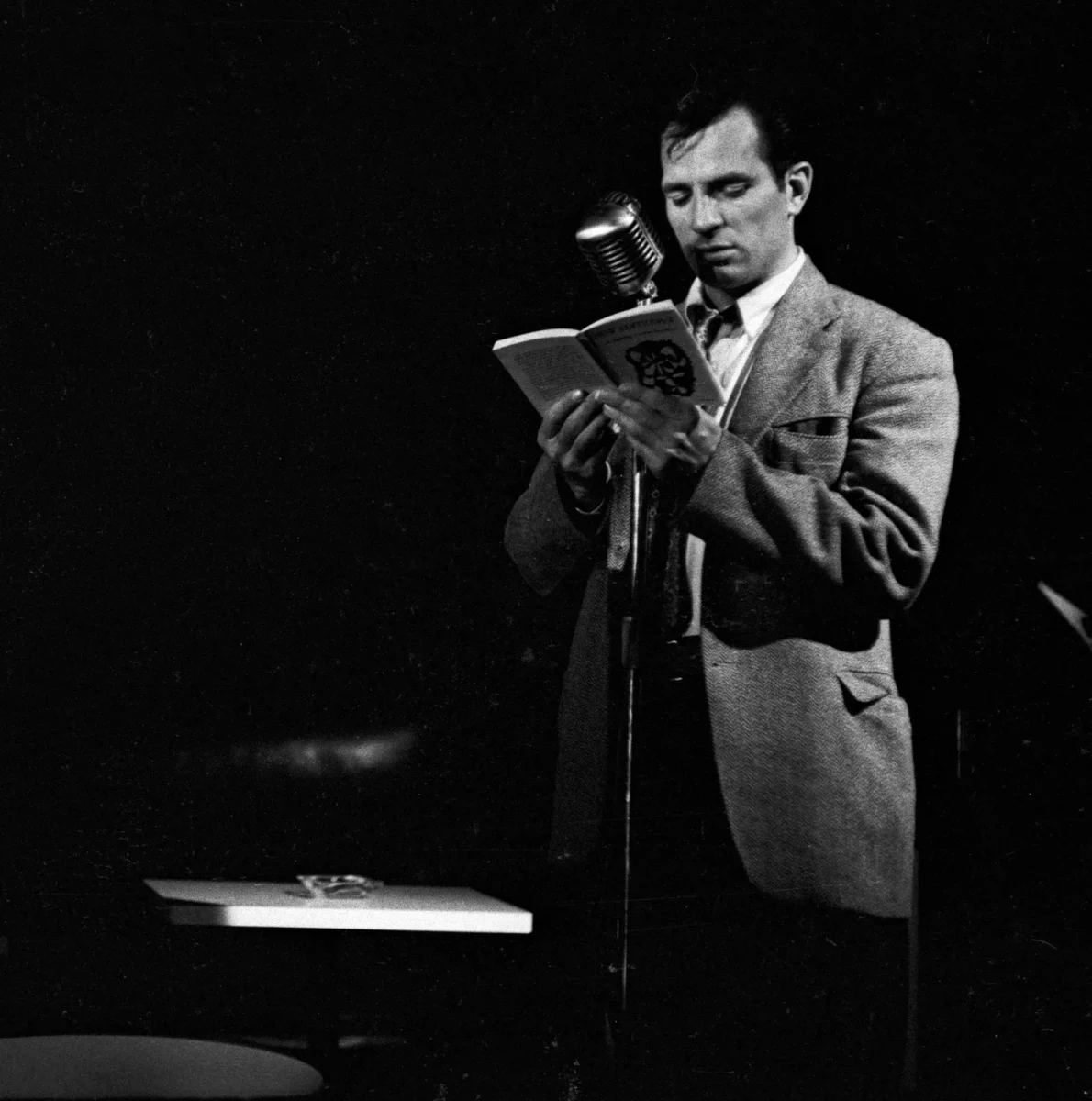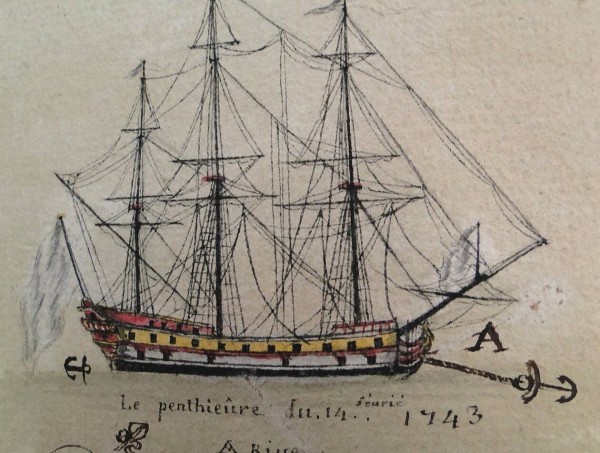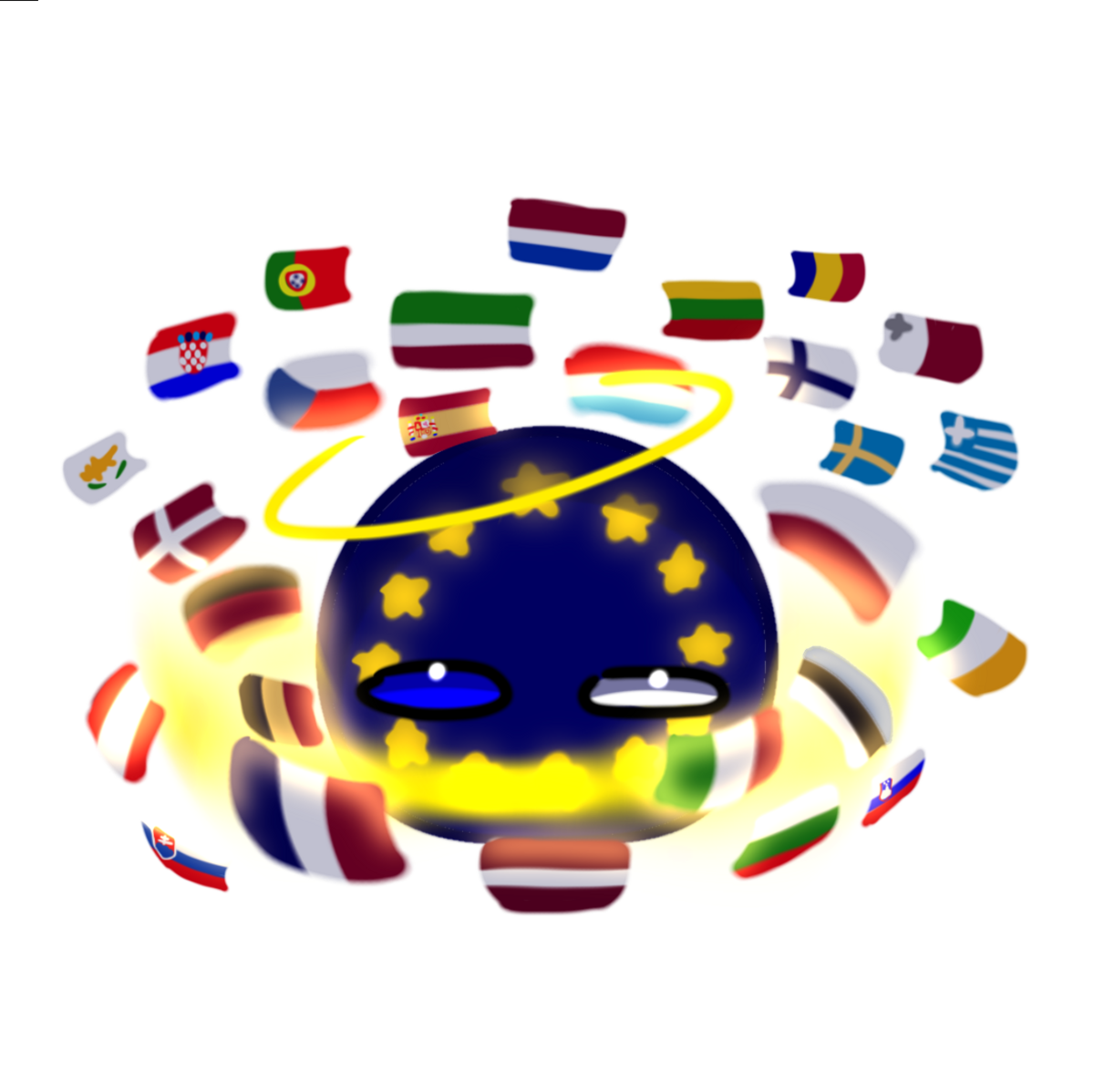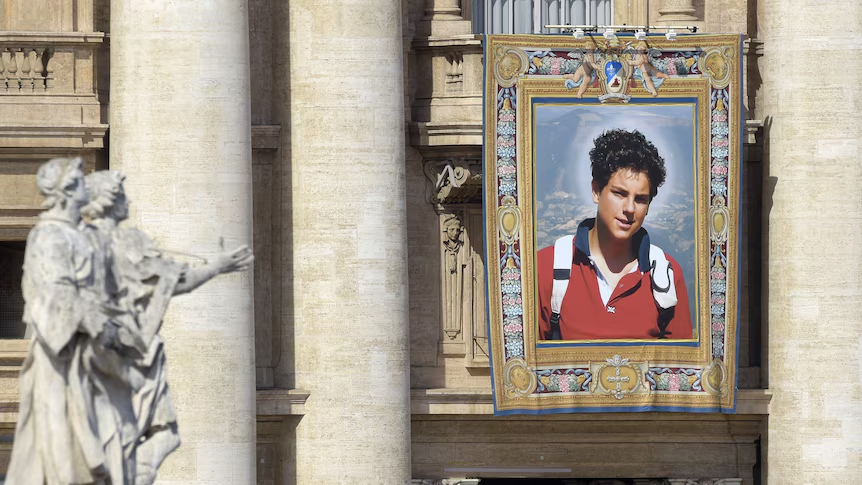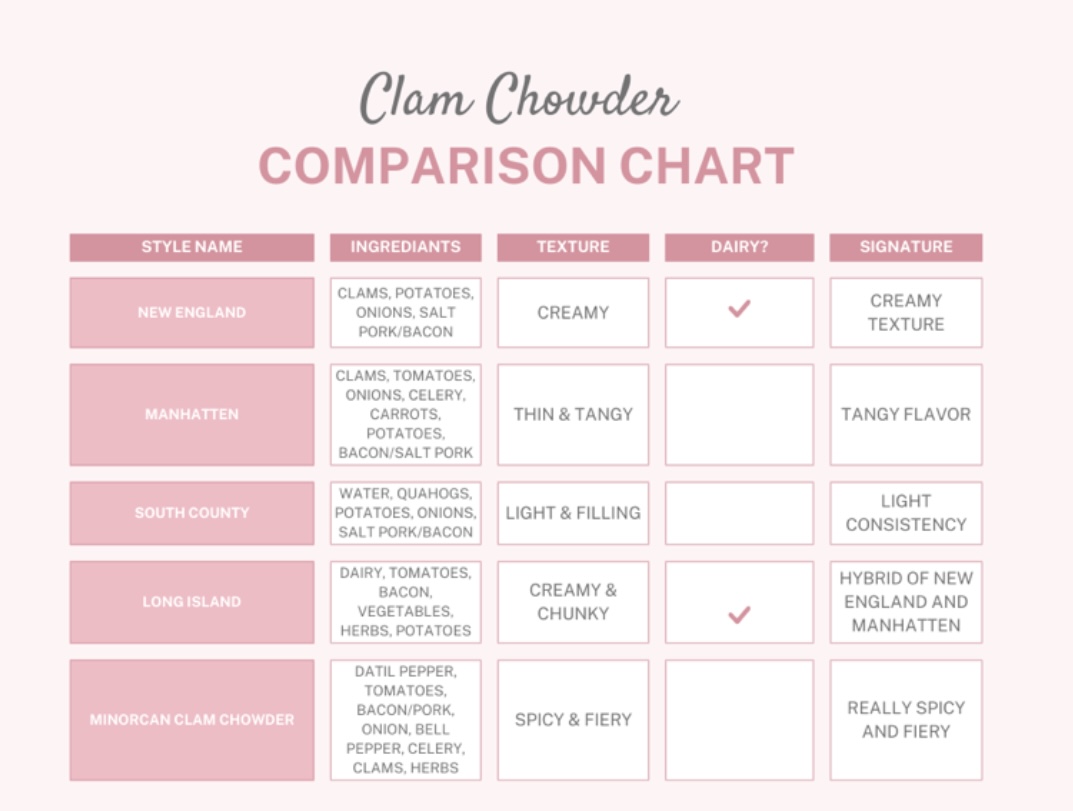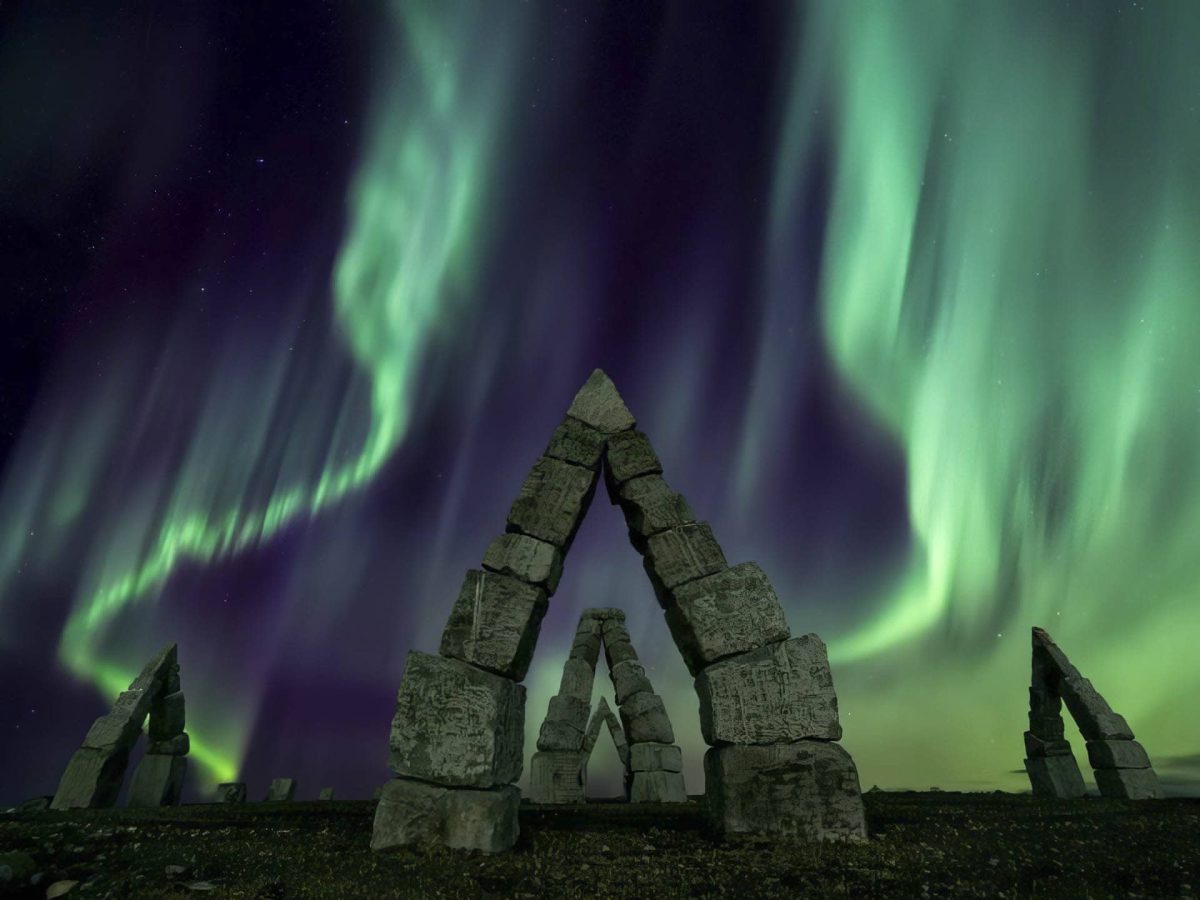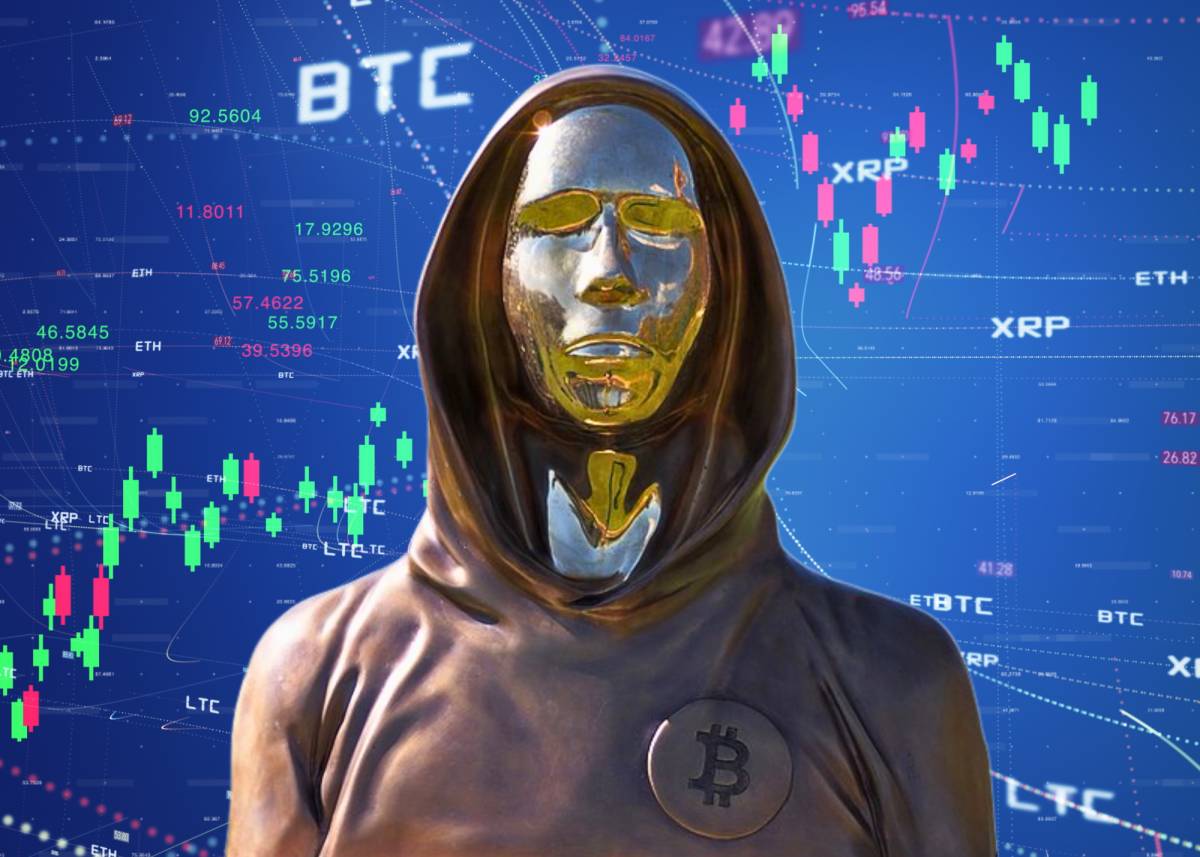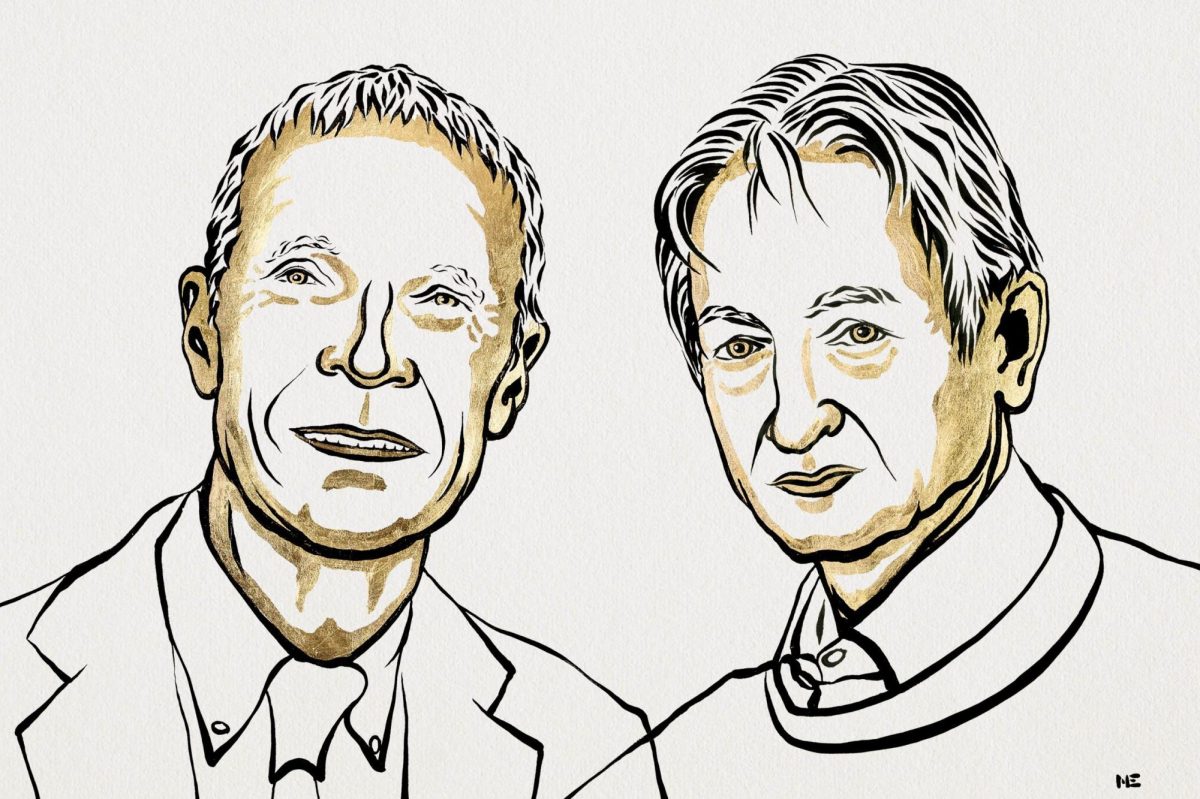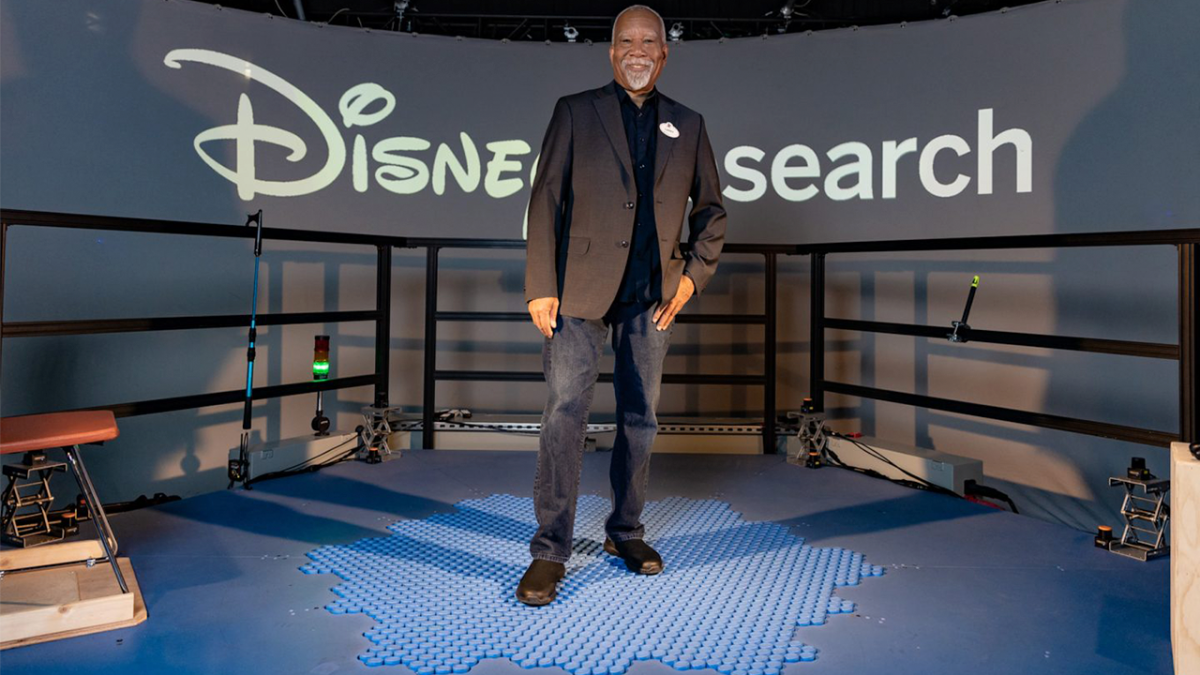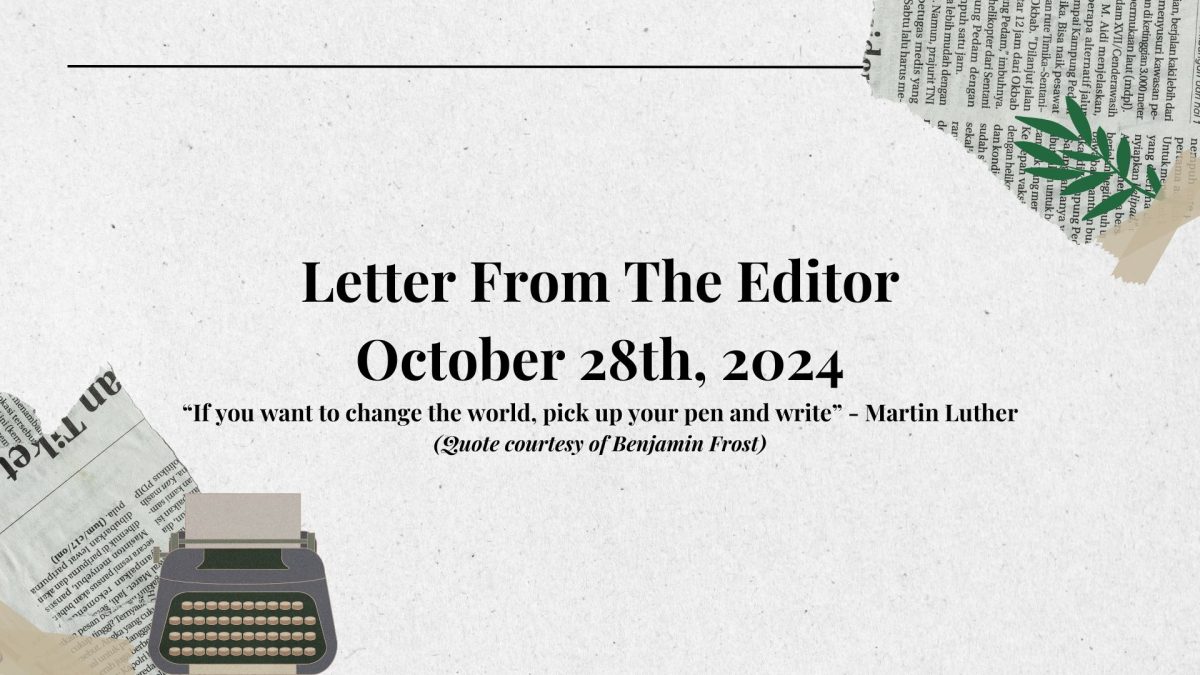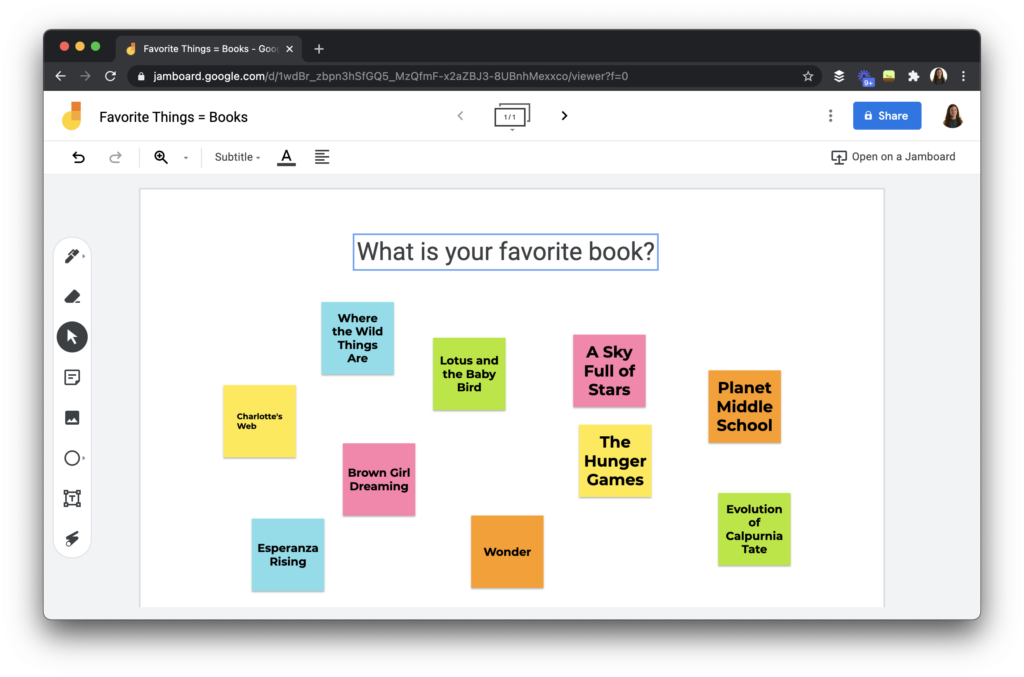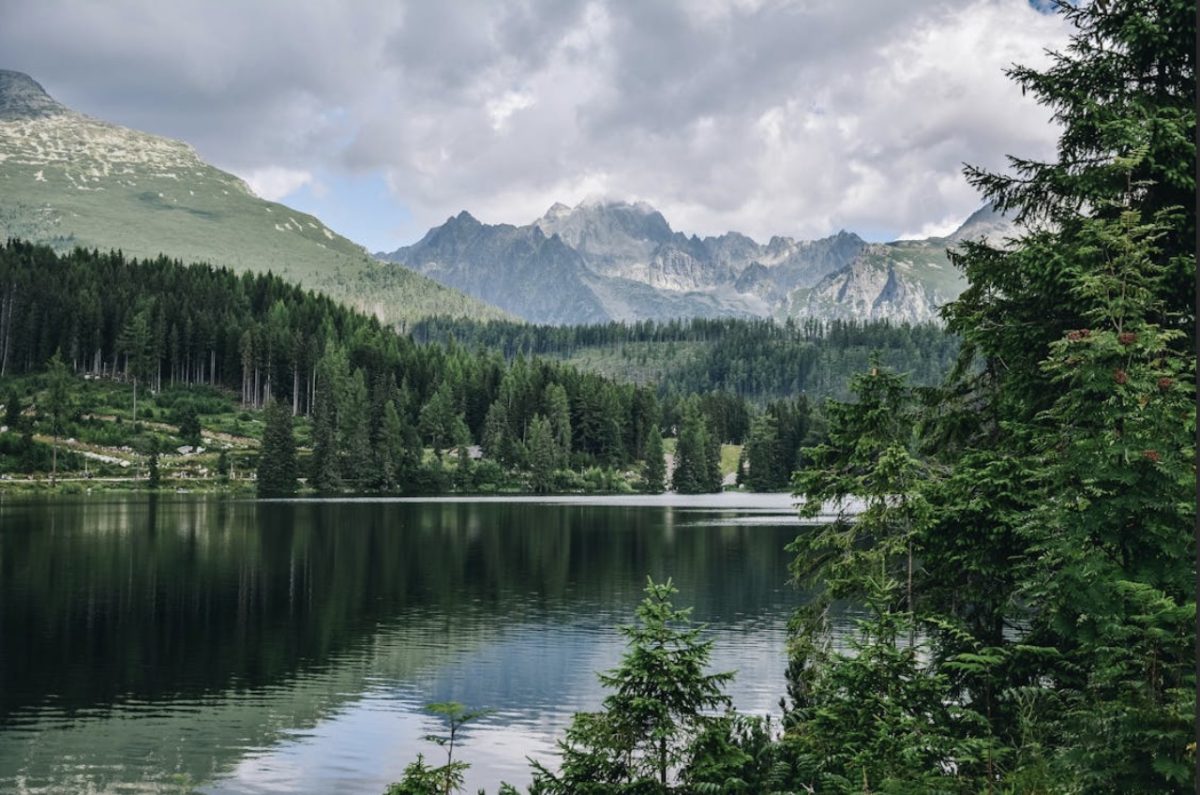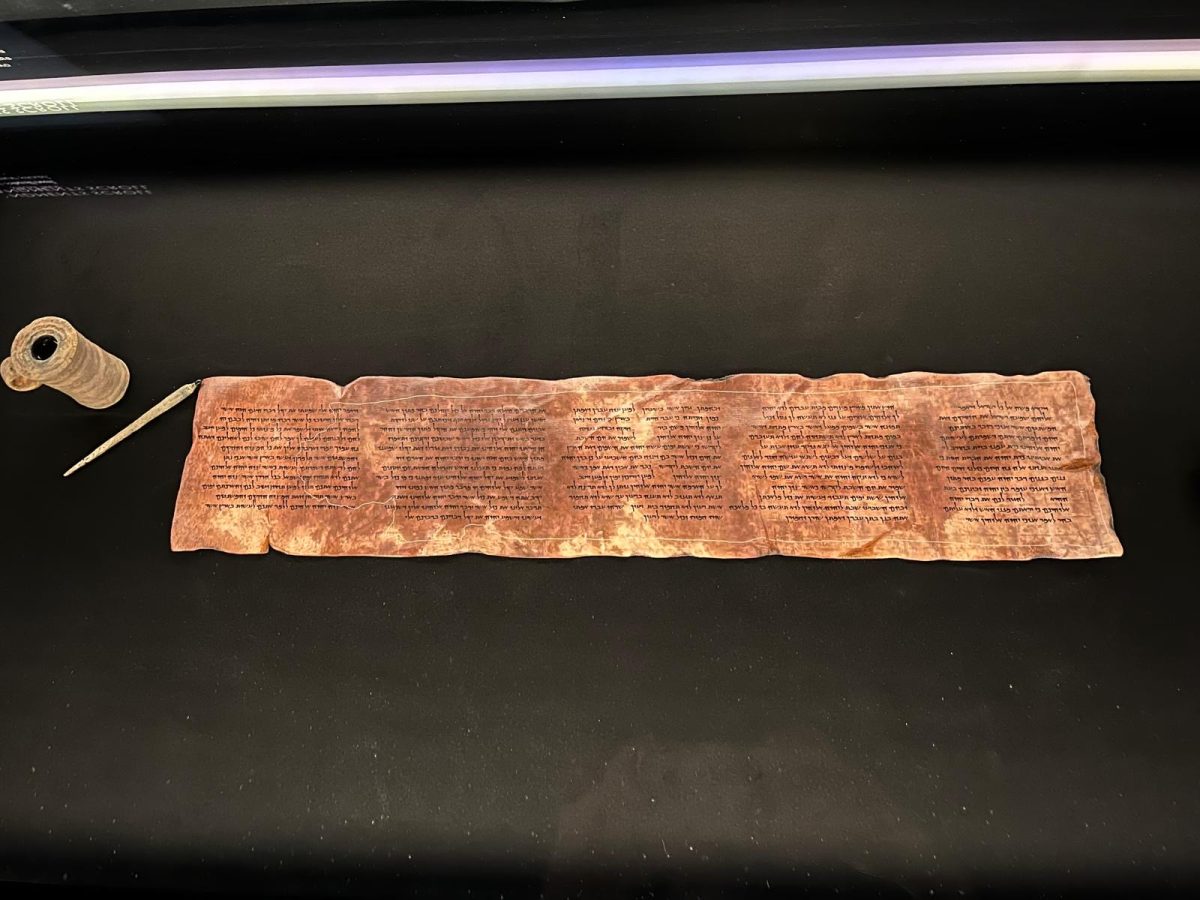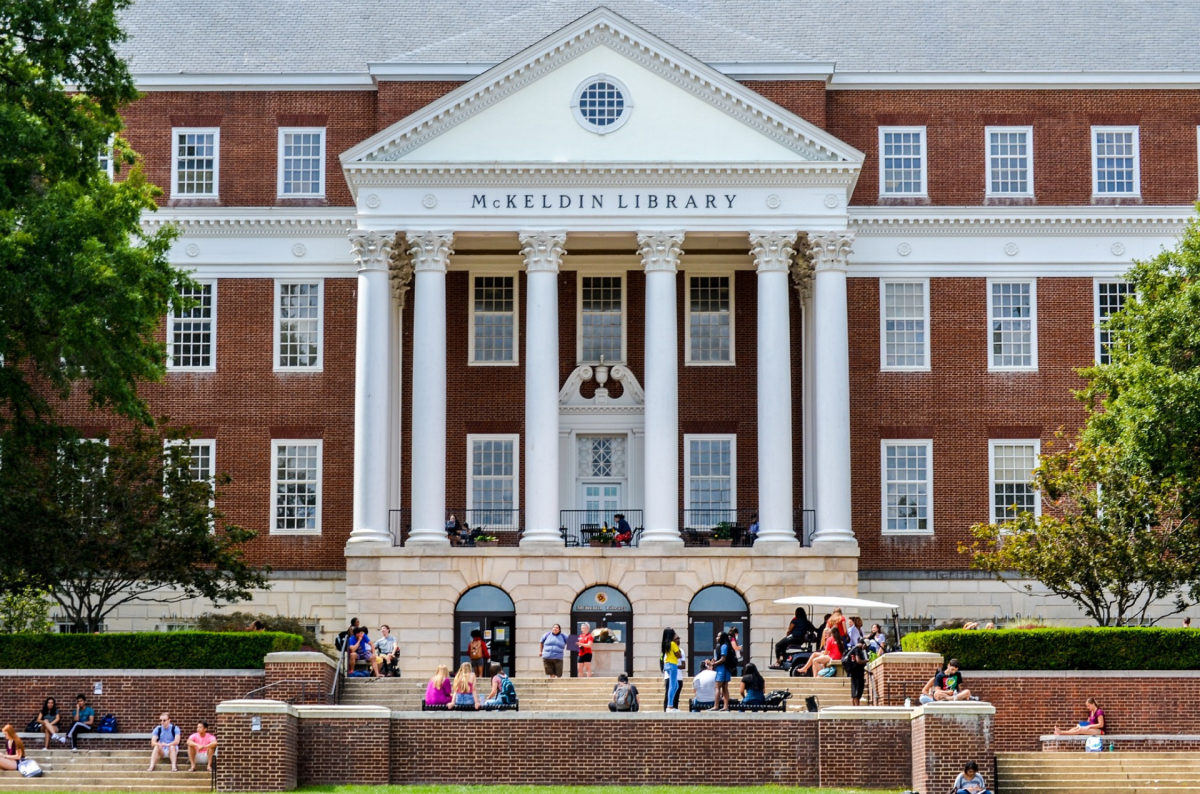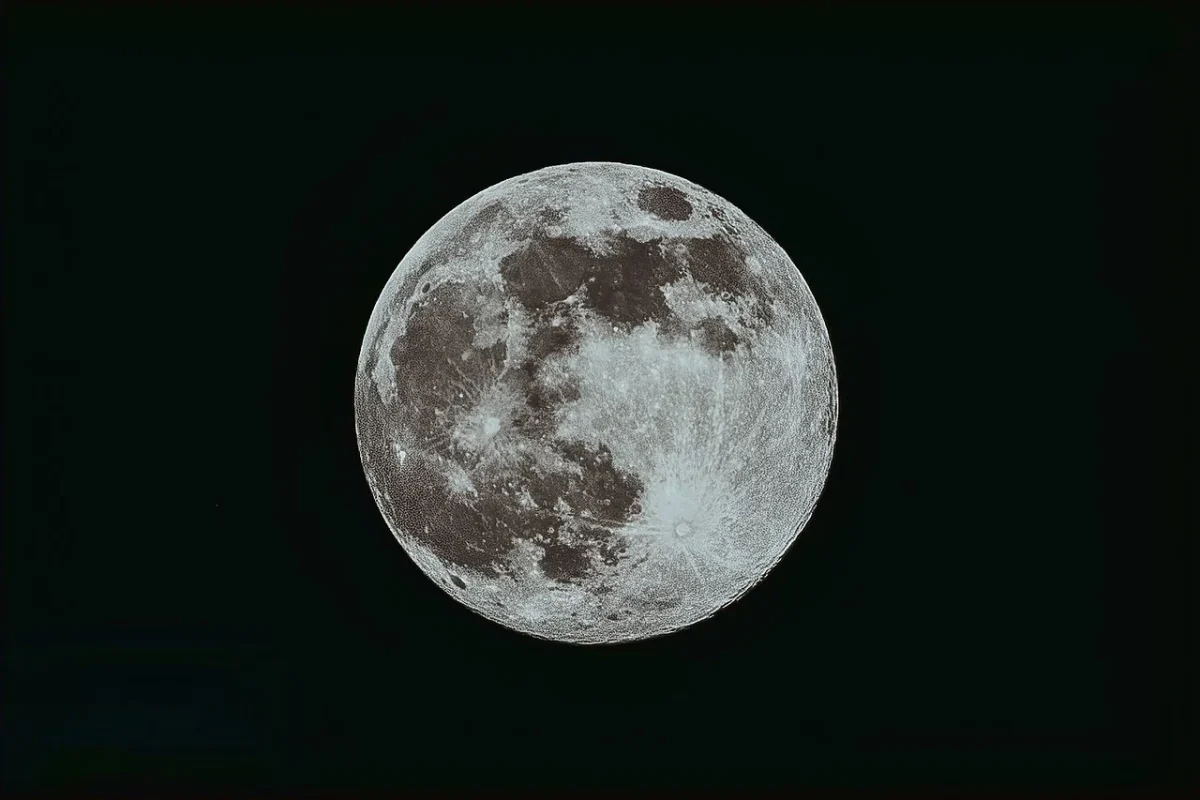The sun was likely hitting the ground with the force of a hammer that dawn, pouring its light into the desert. Probably, there were pearls of sweat in Muhammed edh-Dhib and his companions Jum’a Muhammed and Khalil Musa as they scampered through the salty rocks on the coast of the vast, azure sea. They were searching for a goat which had strayed for the others. It looked pretty much like it had wandered into a deep cave, which rumors had as the resting place of a huge treasure. Drawn as much by riches as by the lost goat, the three men ventured down the cave. In the dark, they stumbled on a dozen jars. They might have at first been excited, thinking it was gold, but when they took them in the sunlight and opened them, they only found scrolls. Seventy-eight years later, I was also in a dark place. Suddenly, three lights appeared in different parts of the room, and a voice announced “Three jars.” Thus began the exhibit on the scrolls that those Bedouins had found so long ago in the Qumran Caves, on the coasts of the Dead Sea: the Dead Sea Scrolls, a collection of ancient Hebrew manuscripts, probably composed during the Roman occupation of ancient Judea. These manuscripts contain the earliest versions of most books in the Bible, as well as Biblical texts that never entered the Bible as we know it, providing key insight in the history of early Judaism and Christianity. Now, some of them and their related objects are on exposition at the Ronald Reagan Presidential Library.
The Ronald Reagan Presidential Library is a museum about Ronald Reagan’s life and achievements. Aside from this permanent function, it also periodically hosts special exhibits on all sorts of topics. The current exhibit, which I visited a few days ago, focuses on the Dead Sea Scrolls. It is divided into four parts. The very first part, including the room when I first entered, is a general overview of the history of Israel. It narrated how, in ancient times, the region that we now refer to as Israel was a crossroad among several nations and cultures of Africa, Europe, and the Middle East. Jerusalem was a place of exchange of ideas across cultures such as Ancient Egypt, Babylon, the Persian Empire, and, later, the Roman Empire. It was through this history of exchange that the Hebrew Bible was formed over the course of centuries. This text would later go on to shape the three great monotheistic religions, Judaism, Christianity, and Islam, which now claim billions of followers and a third of the world’s population. The exhibition continued in the room described below, which introduced the scrolls through three jars connected to the wider time period.
The second room delved deeper into that period. Before seeing the actual scrolls themselves, there was a long exposition of objects from ancient Judea. These objects, like countless tiles, combine into a mosaic of what it meant to live in Jerusalem in historic periods from the Babylonian Captivity in 586 B.C.E. to Roman rule in the first C.E. centuries. Tools to make signs on stone tables, wax tables, and even primitive ink pens employing reeds to write on papyrus and parchment all point to a society where literacy was widespread, and writing held in great esteem. Vases of medical oils and ornamental perfumes both show how medicine was conducted at that time and how, even at that time, people were concerned about their smell. Once again, the mosaic showed Jerusalem as a crucible of many cultures and religions. Aside from these insights, this section pointed to the specific period when the Dead Sea Scrolls were probably written. It was a time of conflict in 66 and 70 CE when the Hebrews had begun violently resisting Roman rule. The scrolls were written just before the notorious attack that destroyed Jerusalem and the Temple, suggesting a desire to preserve Hebrew religion and culture before the disaster.
In the following room of the exhibit, I was very excited. For the first time, I would see the actual Dead Sea Scrolls. Indeed, the heart of the exhibition, where I was on that moment, was a display of ten actual scrolls or fragments of scrolls, with the most disparate contents. One scroll provided an early view of the apocalypse, thousands of years before the Book of Revelation, pondering the architecture of the “New Jerusalem” after the world’s end. Another scroll praised people who approached God, such as prophets, and employed likely one of the first allegories in history by personifying Wisdom and Folly as two ladies. A specific scroll, the “Damascus Document”, provided glimpses into early Jewish migrations across the Middle East. Other scrolls chronicle conflicts over religious doctrines between sects, which sound all too modern for the present.
The final part of the exhibit focused on the discovery and interpretation of the scrolls. They were discovered by accident by the three Bedouin cousins mentioned previously, who then tried to sell them for a profit. After passing through many hands, the scrolls came to the attention of archeologists from the American Schools of Oriental Research which, with other archaeological organizations, did a more accurate search in the Qumran Caves, uncovering many more scrolls. Finally, the exhibit focused on the scientific process of deciphering the scrolls. It told of how artificial intelligence was employed to analyze changing styles of writing to find out the times when each scroll was written, as well as the number of people who wrote each scroll. It related how digital techniques were employed to virtually “unroll” scrolls that were rolled and would crumble to dust if touched. Finally, the exhibit told of how the scrolls were being digitalized and made widely available. I couldn’t help but be mesmerized by the way in which the study of the scrolls combined past and present, placing the latest technologies to decipher an age-old script. Just like the caves where they were found connected the sunlit world with the bowels of the earth, so too the Dead Sea Scrolls connect the modern, technological world with an ancient world of tablets, jars, scrolls, reed pens, and oils. The Dead Sea Scrolls are a cave across Time itself.
